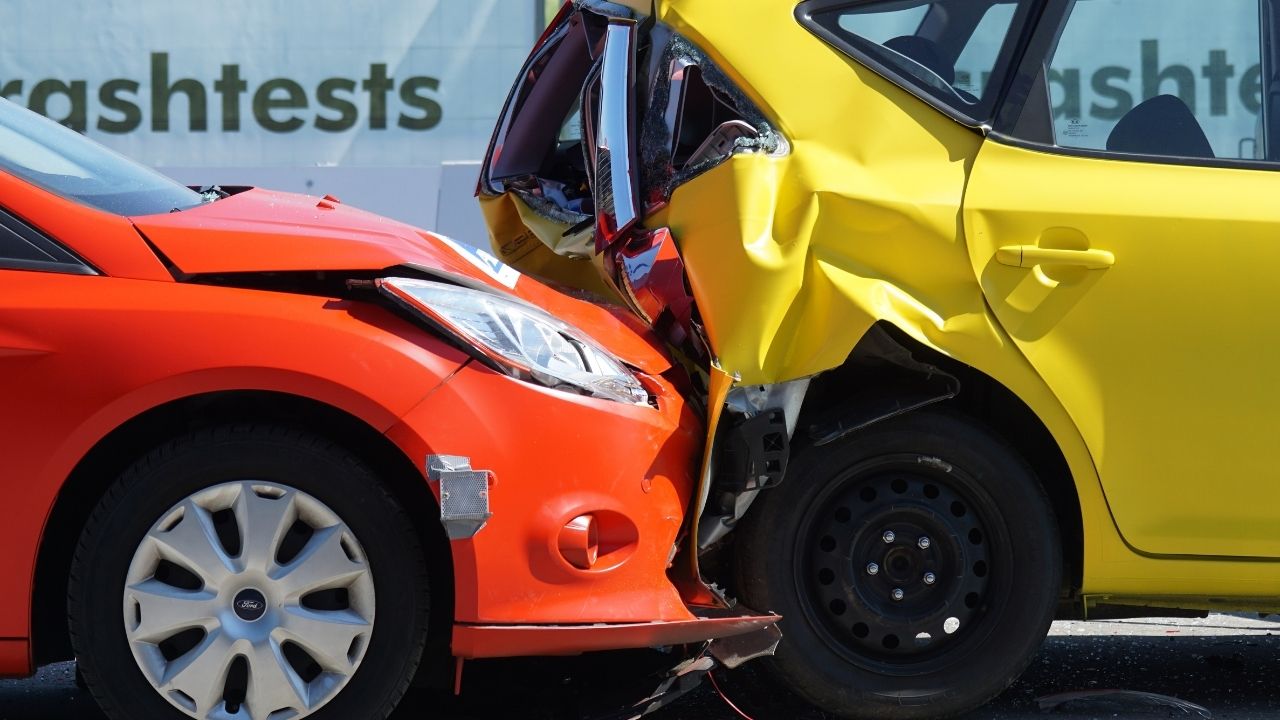Lifestyle
How a Pre-Existing Condition Can Impact a Car Accident Claim

A lot of discussions about car accident claims begin with the assumption that victims were in a state of perfect health before the crash. But, the truth is that the majority of people deal with all kinds of health issues at different points in their lives. So, how can pre-existing conditions affect car accident claims and the victims’ possible compensation?
Generally, car accident victims are only entitled to compensation for injuries or conditions affected by a car accident. This is called exacerbation or pre-existing conditions and compensation may be for both physical ailments and mental health conditions such as depression and anxiety. A skilled auto accident attorney can help victims fight for the compensation they deserve if their car accidents have aggravated their pre-existing conditions. Read this article for more information.
In a car accident case, victims can expect to be asked questions from the other party about their previous injuries or health conditions. A lawyer can establish the degree to which the crash worsened any previous injuries or conditions a victim had before the crash. Meanwhile, an insurer will blame everything on a claimant’s pre-existing issue.
A Pre-Existing Condition Should Not Discourage Victims
Victims who sustained injuries in a car accident must pursue compensation for the harm caused to them even if they have a pre-existing condition. Often, injured victims who get regular medical treatment for their pre-existing conditions can easily produce evidence of their medical history.
The amount of compensation a victim can receive for the exacerbation of their pre-existing condition depends on the seriousness of their condition and its impact on their life before the crash. Thus, it is important to present detailed medical records regarding a past condition.
Insurance providers will usually try to browse through a victim’s medical history for potential evidence that would indicate has had minimal impacts on their health. Because of this, claimants must hire an attorney to represent them and review their medical history, including their pre-existing conditions, with them at the start of their accident case. A great lawyer has extensive experience and familiarity with local courts that could work for a victim.
When a victim discusses their case and medical history with their lawyer, they must tell everything. They should allow their lawyer to decide how to handle any details that might complicate their claim. If they do not disclose their pre-existing condition, their credibility can be damaged, jeopardizing their accident claim and possibly exposing them to legal citation when the other party discovers the omission.
Lifestyle
Wanda Knight on Blending Culture, Style, and Leadership Through Travel

The best lessons in leadership do not always come from a classroom or a boardroom. Sometimes they come from a crowded market in a foreign city, a train ride through unfamiliar landscapes, or a quiet conversation with someone whose life looks very different from your own.
Wanda Knight has built her career in enterprise sales and leadership for more than three decades, working with some of the world’s largest companies and guiding teams through constant change. But ask her what shaped her most, and she will point not just to her professional milestones but to the way travel has expanded her perspective. With 38 countries visited and more on the horizon, her worldview has been formed as much by her passport as by her resume.
Travel entered her life early. Her parents valued exploration, and before she began college, she had already lived in Italy. That experience, stepping into a different culture at such a young age, left a lasting impression. It showed her that the world was much bigger than the environment she grew up in and that adaptability was not just useful, it was necessary. Those early lessons of curiosity and openness would later shape the way she led in business.
Sales, at its core, is about connection. Numbers matter, but relationships determine long-term success. Wanda’s time abroad taught her how to connect across differences. Navigating unfamiliar places and adjusting to environments that operated on different expectations gave her the patience and awareness to understand people first, and business second. That approach carried over into leadership, where she built a reputation for giving her teams the space to take ownership while standing firmly behind them when it mattered most.
The link between travel and leadership becomes even clearer in moments of challenge. Unfamiliar settings require flexibility, quick decision-making, and the ability to stay calm under pressure. The same skills are critical in enterprise sales, where strategies shift quickly and no deal is ever guaranteed. Knight learned that success comes from being willing to step into the unknown, whether that means exploring a new country or taking on a leadership role she had not originally planned to pursue.
Her travels have also influenced her eye for style and her creative pursuits. Fashion, for Wanda, is more than clothing; it is a reflection of culture, history, and identity. Experiencing how different communities express themselves, from the craftsmanship of Italian textiles to the energy of street style in cities around the world, has deepened her appreciation for aesthetics as a form of storytelling. Rather than keeping her professional and personal worlds separate, she has learned to blend them, carrying the discipline and strategy of her sales career into her creative interests and vice versa.
None of this has been about starting over. It has been about adding layers, expanding her perspective without erasing the experiences that came before. Wanda’s story is not one of leaving a career behind but of integrating all the parts of who she is: a leader shaped by high-stakes business, a traveler shaped by global culture, and a creative voice learning to merge both worlds.
What stands out most is how she continues to approach both leadership and life with the same curiosity that first took her beyond her comfort zone. Each new country is an opportunity to learn, just as each new role has been a chance to grow. For those looking at her path, the lesson is clear: leadership is not about staying in one lane; it is about collecting experiences that teach you how to see, how to adapt, and how to connect.
As she looks to the future, Wanda Knight’s compass still points outward. She will keep adding stamps to her passport, finding inspiration in new cultures, and carrying those insights back into the rooms where strategy is shaped and decisions are made. Her legacy will not be measured only by deals closed or positions held but by the perspective she brought, and the way she showed that leading with a global view can change the story for everyone around you.
-

 Tech5 years ago
Tech5 years agoEffuel Reviews (2021) – Effuel ECO OBD2 Saves Fuel, and Reduce Gas Cost? Effuel Customer Reviews
-

 Tech6 years ago
Tech6 years agoBosch Power Tools India Launches ‘Cordless Matlab Bosch’ Campaign to Demonstrate the Power of Cordless
-

 Lifestyle6 years ago
Lifestyle6 years agoCatholic Cases App brings Church’s Moral Teachings to Androids and iPhones
-

 Lifestyle5 years ago
Lifestyle5 years agoEast Side Hype x Billionaire Boys Club. Hottest New Streetwear Releases in Utah.
-

 Tech7 years ago
Tech7 years agoCloud Buyers & Investors to Profit in the Future
-

 Lifestyle5 years ago
Lifestyle5 years agoThe Midas of Cosmetic Dermatology: Dr. Simon Ourian
-

 Health7 years ago
Health7 years agoCBDistillery Review: Is it a scam?
-

 Entertainment6 years ago
Entertainment6 years agoAvengers Endgame now Available on 123Movies for Download & Streaming for Free
